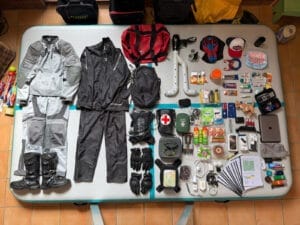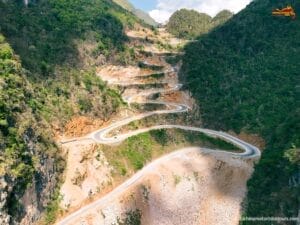Where the dirt begins, the story starts | Vietnam dirtbike tours 2026 Real riders don’t chase luxury
Traveling with your motorcycle from Vietnam through Laos, Cambodia, and Thailand is a thrilling adventure. However, the journey requires navigating a series of complex legal and administrative procedures, particularly regarding permissions, driving licenses, vehicle registration, and the re-exportation of your motorcycle between these countries. Here’s a comprehensive guide to help you understand and manage these challenges effectively.
1. What Should You Prepare Before Departure?
Before embarking on your journey, ensure that you have all the necessary documents and preparations:
- Passport: Must be valid for at least six months beyond your planned travel dates.
- Vehicle Registration Papers: Essential for proving ownership and necessary for customs procedures at each border.
- Driver’s License: Carry both your Vietnamese license and an International Driving Permit (IDP). Some countries may require additional documentation.
- Travel Insurance: Opt for coverage that includes cross-border motorcycle travel to protect against any unforeseen incidents.
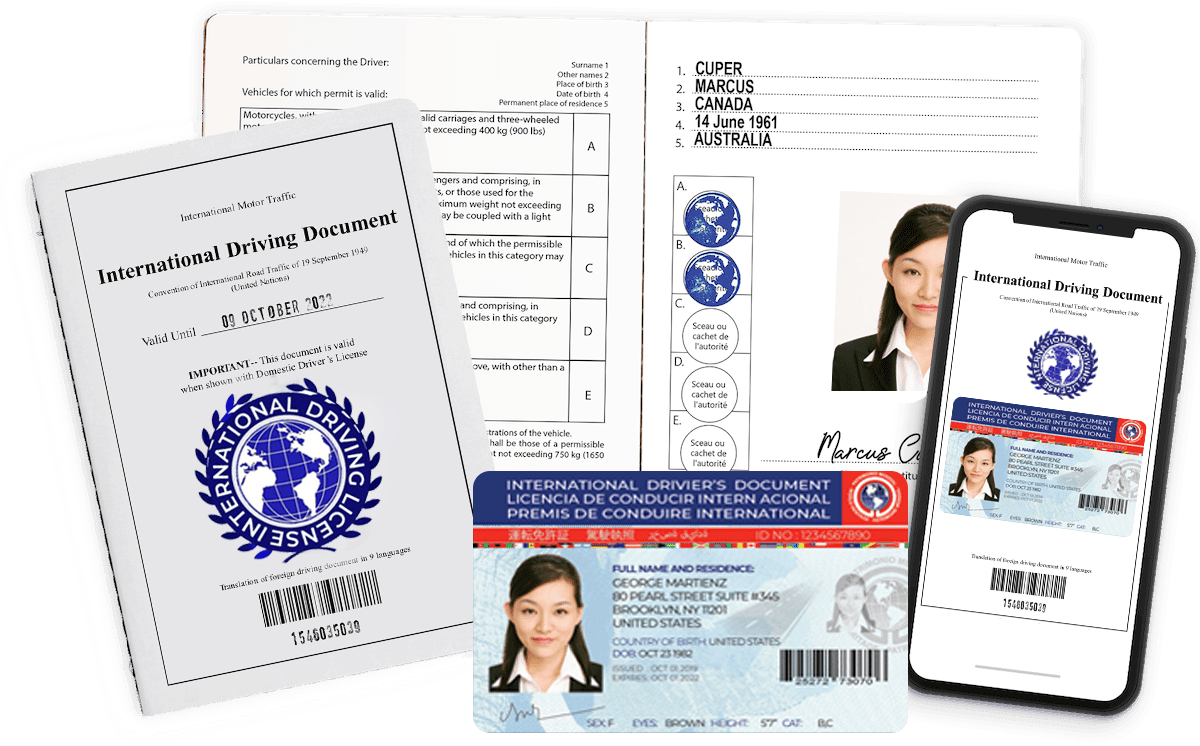
2. How Do You Handle Cross-Border Paperwork?
Permissions from Vietnam to Laos and Cambodia
-
Vietnam to Cambodia:
- Permissions: Official permission from Vietnamese authorities to take your motorcycle out of the country is usually not required for Cambodia. However, ensure that your vehicle registration is in your name, and have all documents readily available.
- Challenges: While formal permission may not be necessary, it’s crucial to have all your documents in order, as border officials may still scrutinize your paperwork, especially if you plan to stay in Cambodia for an extended period.
-
Vietnam to Laos:
- Permissions: For Laos, the process is more stringent. You may need to obtain permission from Vietnamese authorities, especially if your stay will be longer or your motorcycle is not registered in your name. This can involve getting an export permit or other documentation to prove that you are authorized to bring the vehicle into Laos.
- Challenges: The Laotian authorities are strict about vehicle documentation. Ensure you have the necessary permissions and that all paperwork is accurately completed before attempting to cross the border.
Re-Exporting the Vehicle
- General Requirements: Each country requires that vehicles brought in must be taken out. Failing to do so can result in hefty fines or blacklisting from future entry. Always ensure that your motorcycle is stamped both in and out at each border.
- Specific Challenges: Re-exporting can be complicated if your documentation is not in order. Ensure that the exit stamps are properly processed to avoid any issues when you move between countries or return to Vietnam.
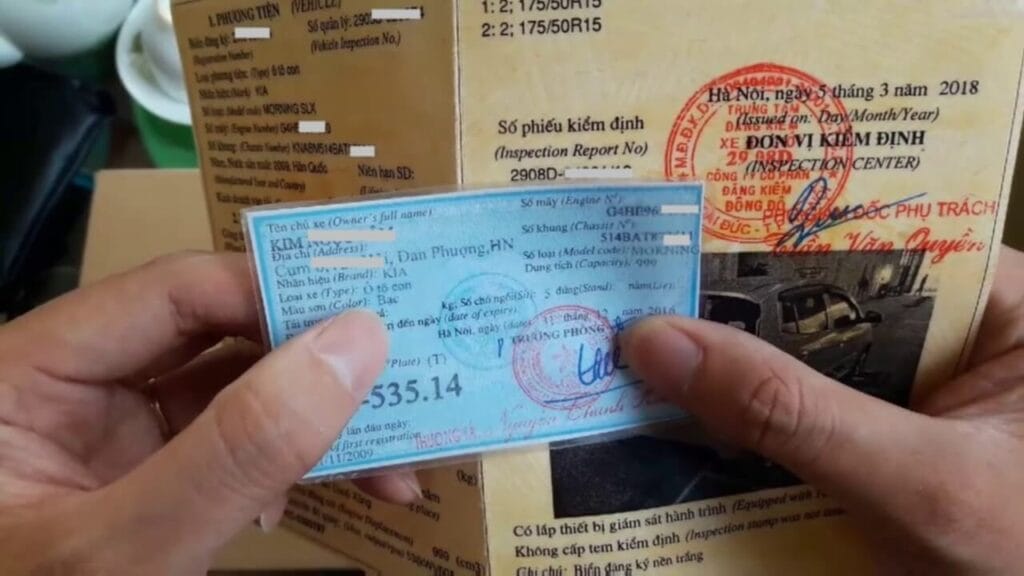
3. How Do You Cross Borders with Your Motorcycle?
Vietnam to Cambodia
-
Xa Mat Border Crossing (Tay Ninh – Cambodia):
- Procedures: At the border, present your passport, IDP, and vehicle registration papers. Cambodian customs typically require a small fee and may ask about your travel purpose. The process is generally straightforward but requires all documents to be in order.
- Challenges: Occasional requests for additional documentation or bribes can occur. Having your paperwork in perfect order can help avoid delays.
-
Moc Bai Border Crossing (Tay Ninh – Cambodia):
- This is one of the busiest and most popular crossings for travelers heading from southern Vietnam into Cambodia. The process here is similar to the Xa Mat crossing.
-
Tinh Bien Border Crossing (An Giang – Cambodia):
- Procedures: A quieter crossing is ideal for those traveling from the Mekong Delta region. Customs procedures are straightforward but be prepared for informal fees.
-
Ha Tien Border Crossing (Kien Giang – Cambodia):
- Procedures: Convenient for those traveling from Phu Quoc or the southwestern region of Vietnam. Procedures are similar to the other Cambodia crossings.

Vietnam to Laos
-
Cau Treo Border Crossing (Ha Tinh – Laos):
- Procedures: Present your passport, vehicle registration, and necessary permissions from Vietnamese authorities. At the Laos border, obtain a QR code sticker for your motorcycle, which must be returned when exiting the country.
- Challenges: Laos enforces stricter controls on vehicle entry, making it crucial to have all necessary permissions and documents before attempting to cross.
-
Nam Can Border Crossing (Nghe An – Laos):
- A less frequented border crossing with straightforward procedures, though it’s essential to ensure all documentation is in order.
-
Lao Bao Border Crossing (Quang Tri – Laos):
- Procedures: Popular with travelers going from Central Vietnam to Southern Laos. The process is similar to Cau Treo, with added scrutiny on vehicle documentation.
-
Cha Lo Border Crossing (Quang Binh – Laos):
- Procedures: Another quieter crossing with similar requirements. Ideal for those traveling into central Laos.
Thailand to Laos
-
Savannakhet Border Crossing (Mukdahan – Laos):
- Procedures: At the Savannakhet border, motorcycles are not permitted to cross directly, requiring you to arrange for alternative transport. Ensure all documentation is in order to avoid complications during the crossing.
- Challenges: Advanced planning is necessary, as there are no rental services available at the border. Ensure your transport arrangements are made ahead of time.
-
Chong Mek Border Crossing (Ubon Ratchathani – Laos):
- Procedures: This crossing is part of the First Thai-Lao Friendship Bridge network and is more motorcycle-friendly. Ensure all documentation is in order and be prepared for customs checks.
-
Mae Sai Border Crossing (Chiang Rai – Laos):
- Procedures: Northernmost crossing, which connects Thailand with Laos. It’s a less trafficked route but requires the same level of documentation.
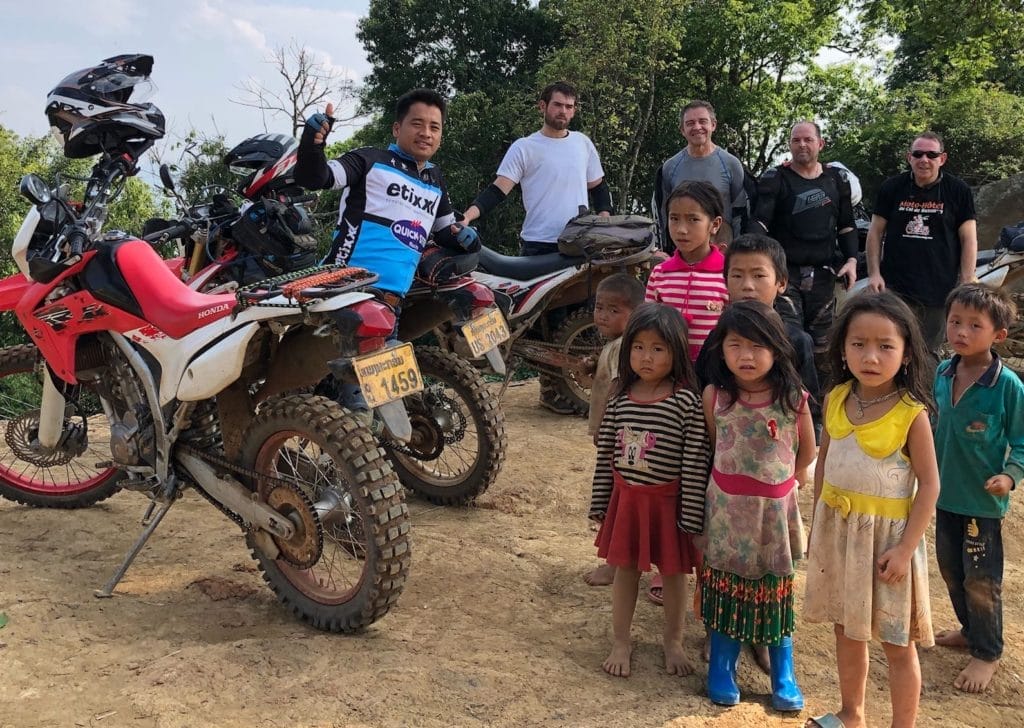
4. Should You Consider Booking a Tour?
Given the complexities of border procedures, particularly regarding permissions, vehicle registration, and re-export regulations, organizing the journey independently can be challenging. To avoid these administrative hurdles and focus on the adventure itself, consider the following options:
- Join a Pre-Organized Tour: Companies like Indochina Dirt Bike Tours offer specialized tours that handle all the logistics, including necessary permissions, ensuring that your documentation is in order. This allows you to enjoy your journey without the stress of navigating complex border regulations.
- Book Separate Tours in Each Country: If you prefer more flexibility, consider booking local tours in each country. This approach lets you experience the unique cultures of each nation while avoiding the complexities of cross-border motorcycle travel.
5. Who Can You Contact for Assistance?
For further inquiries or support during your journey, you may find the following contacts useful:
-
Vietnam Immigration Department:
- Phone: +84 24 3825 7941
- Website: xuatnhapcanh.gov.vn
-
Embassy of Laos in Vietnam:
- Phone: +84 (4) 3942 4576
- Email: laoembassyhanoi@yahoo.com
-
Embassy of Cambodia in Vietnam:
- Phone: +84 24 3845 7940
- Email: camemb.hanoi@mfa.gov.kh
-
Embassy of Thailand in Vietnam:
- Phone: +84 24 3845 0832
- Email: thainvhanoi@mfa.go.th
Navigating the legal and administrative challenges of cross-border motorcycle travel in Southeast Asia can be complex. To ensure a hassle-free experience, consider joining a professional tour that handles all the necessary permissions and paperwork for you. This way, you can focus on the road ahead and enjoy the journey through Vietnam, Laos, Cambodia, and Thailand. Safe travels!




